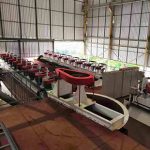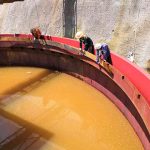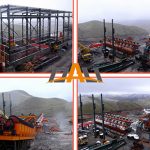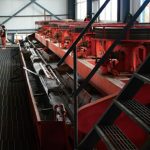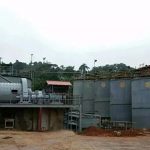Diesel vs Electric: Choosing the Right Power for Underground Mining Equipment
Key Considerations When Selecting Power Systems for Underground Mining
Operational Demands and Environmental Conditions
Underground mining is a hard job. It happens in tight tunnels with little air flow, lots of dampness, and changing temperatures. Machines need to be small, strong, and able to handle tough conditions. For example, the DALI WJ-2 Load Haul Dump (LHD) is built for narrow vein mining. It has a compact size of 7000x1700x2050mm and works well from -15°C to +45°C. At altitudes from -1500m to +3000m, when the temperature is 25°C or lower, it has no engine power loss. These details matter when picking between diesel and electric systems.
Safety Standards and Regulatory Compliance
Safety is the top concern in mining. Machines must follow strict rules. The DALI WJ-1 LHD has ROPS/FOPS certified canopies. It also has alarms for oil temperature, pressure, and electrical issues. These keep workers safe. The WJ-1 helps mines move more tons while keeping costs low. Safety features like SAHR (Spring Applied Hydraulically Released) brakes are key for both Diesel LHD and Electric LHD models.
Total Cost of Ownership Over Equipment Lifecycle
The price to buy a machine is important. But total cost of ownership (TCO) looks at more. It includes fuel or power costs, repairs, part replacements, and downtime. Electric underground mining equipment often costs more at first. But it saves money over time. It has fewer moving parts and needs less fuel. It also cuts ventilation costs.
Overview of Diesel LHD in Underground Mining Applications
Performance Characteristics of Diesel LHD Equipment
Diesel LHDs are known for strong power and long work ranges. The DALI WJ-3 LHD gives 164kW of power. It has a tramming capacity of 7000 kg and a maximum breakout force of 131 kN. The DLWJ-3 is a 7-ton Load-Haul-Dump (LHD) made for underground work in many settings. It’s great for medium to large mines that need steady, heavy-duty work.
Comparing Diesel LHD and Electric LHD for Different Mining Scenarios
Productivity Metrics in Varying Tunnel Conditions
In big tunnels, diesel machines like the DALI WJ-4 (10-ton payload) can work longer without refueling. The WJ-4 LHD is made for medium to large underground mines. But in short tasks or shallow mines, Electric LHDs do better. They can recharge quickly and keep going.
Suitability Based on Mine Depth, Ventilation Capacity, and Shift Schedules
Deep mines spend more on air systems for diesel equipment. Electric underground mining equipment saves money here. Mines with short shifts or flexible schedules can handle battery charging better.
Frequently Asked Questions (FAQ)
How do I choose between diesel vs electric based on my mine’s layout?
Look at tunnel size, depth, shift length, air flow, and power sources. Match these to model specs, like the DALI WJ-1 or WJ-4, based on your payload needs.
If you’re thinking about updating your fleet or picking the best system for your mine, contact us! Qixia Dali Mining Machinery Co., Ltd started in 1998 in Yantai City.
We have over 200 workers, including 90 engineers, in a 130,000-square-meter facility. Our skills cover building advanced underground mining loaders like the WJ series. We also offer full ore processing solutions made for your mine’s needs.
About Us
Qixia Dali Mining Machinery Co., Ltd was established in 1998, located in Yantai City.
The company is mainly engaged in the design, development, production, installation and training of underground mine equipment and ore processing equipment, spare parts supply and sales.
MoreContact Us
- Xinbang Rd, Private Economy Park, Qixia, Shandong Province, China
- +86 135 5307 3459
- ytdali@ytdali.com
 +86 13553073459
+86 13553073459
+86 13553073459
+86 13553073459
